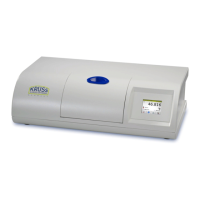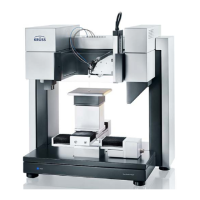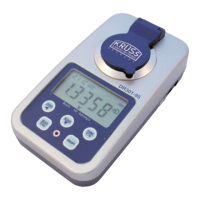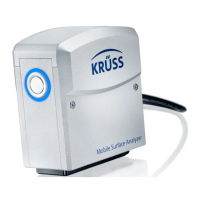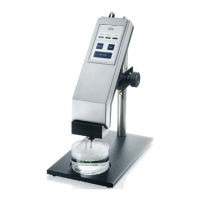Why am I getting faulty measurement results with my Kruss Measuring Instruments?
- PPhyllis PatelAug 3, 2025
Faulty measurement results may occur due to several reasons: * The glass plates at the ends of the polarimeter tube might be dirty or stained. If so, clean the glass plates. * The polarimeter tube might be dirty. If so, clean the polarimeter tube. * There might be air bubbles in the optical path of the polarimeter tube. If so, fill in additional sample into the polarimeter tube. * The sample liquid might be extremely dark. If so, dilute the sample. * The saved blank was not measured with the current polarimeter tube. If so, measure the blank with the currently used polarimeter tube. * Calibration data is obsolete. If so, re-calibrate the measurement range. * Calibration data of the temperature sensor faulty. If so, re-calibrate the temperature sensor.
